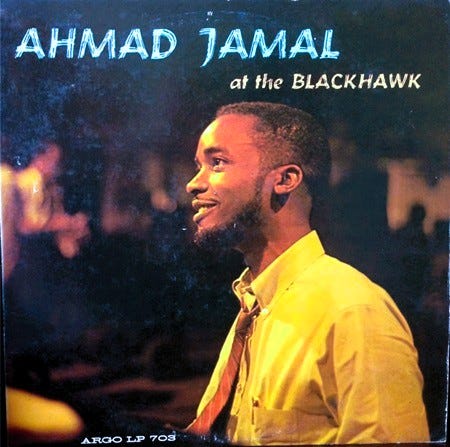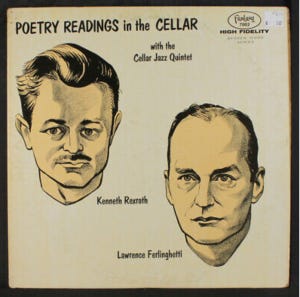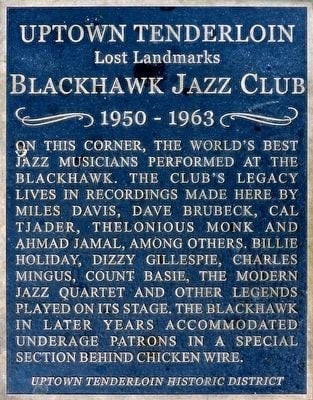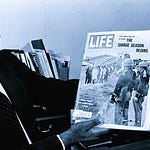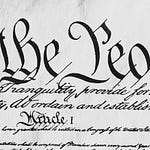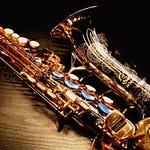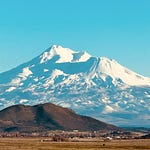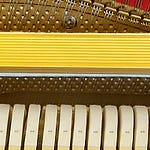Preceded and inspired by pre-WWII Black-owned jazz clubs, San Francisco’s singular Black Hawk club hosted numerous pathbreakers in the efflorescence of mid-century North American jazz from 1950 to 1963. The club helped shaped the “cool” West Coast Latin jazz sound—as distinguished from the hard bop energy forged in New York. There was always considerable overlap, however: upcoming jazz artists naturally performed with whomever and wherever gigs were to be had.
Among the many who appeared at the Black Hawk (Turk & Hyde Streets in the uptown Tenderloin) were Chet Baker, Count Basie, Art Blakey, Earl Bostic, Dave Brubeck, John Coltrane, Miles Davis, Art Farmer, Russ Freeman, Stan Getz, Vince Guaraldi, John Handy, Billie Holiday, Louis Jordan, John Lewis & the Modern Jazz Quartet, Shelly Manne, Johnny Mathis (“discovered” at the Black Hawk), Charles Mingus, Thelonious Monk, Gerry Mulligan, Charlie Parker, Horace Parlan, Art Pepper, Oscar Peterson, Andre Previn, Mongo Santamaría, George Shearing, Art Tatum, Cal Tjader, and Lester Young.
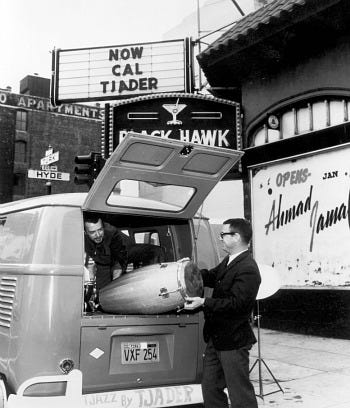
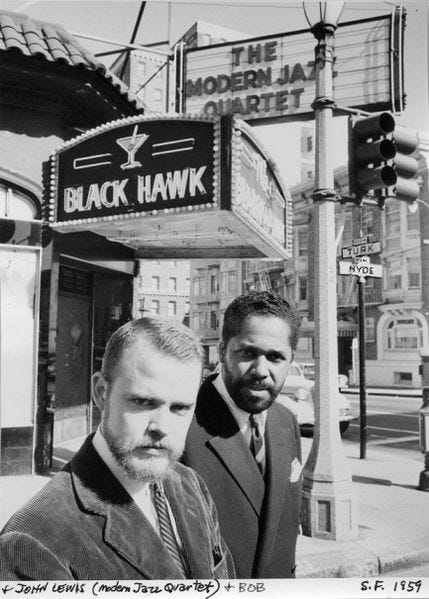
Not all these artists recorded at the Black Hawk, but several did, often documented by San Francisco’s Fantasy Records (whose owner bought the club around 1960), boosting the careers of Mongo Santamaría, Cal Tjader, and poets Kenneth Rexroth and Lawrence Ferlinghetti among others.
Dave Brubeck debuted at the Black Hawk in 1950, and his bandmates, particularly saxophonist Paul Desmond, fell in with Rexroth’s loose circle of bohemians, anarchists, libertarians, and political progressives. Along with The Cellar (Green Street & Columbus Avenue, not far from Lawrence Ferlinghetti’s City Lights Books), the Black Hawk offered live jazz, sometimes backing Rexroth, Ferlinghetti, and other versifiers.
By the late 1950s these and other San Francisco clubs became gathering spots for the Beat Generation writers, assorted hipsters, college students, the curious underaged, and the occasional intrepid tourist, while engendering a moral panic promulgated by sundry straitlaced commentators, politicians, and the police, who mounted an occasional absurdist theater of perfunctory raids.
Prefiguring the Beats, Rexroth, a conscientious objector and one of the few to speak out against Japanese-American internment during WWII, offered this take on the San Francisco club scene of the era, as compared with that of New York:
What makes the police so improbable? They do the darndest things. Every columnist in town has spoken his piece on the Black Hawk… and it seems to be unanimous that [this club is] about as far from contributing to the delinquency of minors as could be imagined. In fact, it was engaged in an activity fully as commendable as any of the YMCA’s! …
What makes life unbearable for a Harlem musician is what unions call “working conditions” as well of course as living conditions in that little urban paradise. If I had to work in the average sleazy gangster-run club and live in Harlem, I wouldn’t take heroin, I’d take prussic acid.
All this is just to say that any club owner who makes an honest effort to lift jazz out of the underworld in which it so often has to function, any club owner who tries to give civilized musicians a chance to play civilized music to a civilized audience, this is the fellow the police should be helping in every way possible.
My ideal night club is one which revives as far as can be the atmosphere of the old-fashioned cabaret, plenty of room, good food as well as drinks, waitresses who see that you get what you want and no more, relaxation rather than strained artificial perpetual New Year’s Eve gaiety, entertainers and management you would not be ashamed to know socially, good music, and literate songs and gags.
This is what Variety calls “the freak gig, Frisco style.” So be it. Two hundred places like this in America would do more to stop narcotics addiction amongst musicians than all the efforts of the Treasury Department. As [jazz bassist extraordinaire] Charles Mingus says, “My idea of a good club is one where my family would come to listen to me play.” — (Bureau of Public Secrets, 1961: https://www.bopsecrets.org/rexroth/sfe/1961/02.htm)
Some mentalities are not subject to change, but al contrario, that elusive changing same, the music and poetry improvised live and aloud at the Black Hawk, speaks of a signal moment in North American cultural history, containing multitudes. Following, a sampling.
Title | Artist | Album | Composer | Label | Year
Trolley Song | Dave Brubeck Quartet | Jazz at the Black Hawk | Hugh Martin; Ralph Blane | Fantasy | 1956
Lonesome Boy Blues | Kenneth Rexroth | Poetry Readings in the Cellar | Kenneth Rexroth | Fantasy | 1957
Lucero | Cal Tjader | Cal Tjader’s Latin Concert | Cal Tjader | Fantasy | 1958
Cubano Chant | Cal Tjader | Cal Tjader’s Latin Concert | Ray Bryant | Fantasy | 1958
I Love Paris | Cal Tjader | Black Hawk Nights | Cole Porter | Fantasy | 1959
Epistrophy | Thelonious Monk | At the Blackhawk | Thelonious Monk | Riverside | 1960
Oleo | Miles Davis | In Person Friday Night at the Blackhawk | Sonny Rollins | Columbia | 1961
Married Blues [Things Ain’t What They Used to Be] | Kenneth Rexroth | Poetry and Jazz at the Black Hawk | Kenneth Rexroth; Mercer Ellington | Fantasy | 1960
I’ll Take Romance | Ahmad Jamal | At the Blackhawk | Ben Oakland; Oscar Hammerstein II | Argo | 1962
April in Paris | Ahmad Jamal | At the Blackhawk | Vernon Duke; E.Y. Harburg | Argo | 1962
Sabor | Mongo Santamaría | At the Black Hawk | João Donato | Fantasy | 1962
222 Time | Cal Tjader | Saturday Night, Sunday Night at the Black Hawk | Cal Tjader | Verve | 1962






